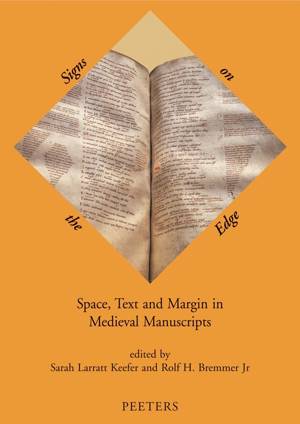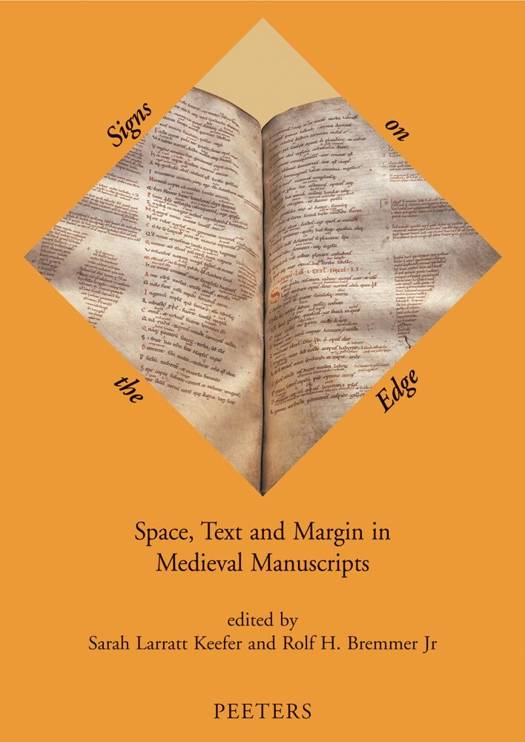
- Afhalen na 1 uur in een winkel met voorraad
- Gratis thuislevering in België vanaf € 30
- Ruim aanbod met 7 miljoen producten
- Afhalen na 1 uur in een winkel met voorraad
- Gratis thuislevering in België vanaf € 30
- Ruim aanbod met 7 miljoen producten
Zoeken
€ 62,00
+ 124 punten
Omschrijving
Medieval cultures to the north and west of the Alps gained their initial understanding of visual spatialization from the Ancient world, but developed their own ways of managing primary and secondary space on any surface where text and/or art interact. The eleven essays of this volume span the period from early insular manuscripts through to later medieval books or artefacts, and examine specific strategies in scribal layout or prescribed authorial design. These vary in their sophistication from the naive and inadvertent to the self-conscious and at times parodic intentional, allowing us a fascinating insight into the many different ways in which main and marginal space on the page could be employed by medieval imaginations.
Specificaties
Betrokkenen
- Auteur(s):
- Uitgeverij:
Inhoud
- Aantal bladzijden:
- 319
- Taal:
- Engels
- Reeks:
- Reeksnummer:
- nr. 10
Eigenschappen
- Productcode (EAN):
- 9789042919808
- Verschijningsdatum:
- 31/12/2007
- Uitvoering:
- Paperback
- Formaat:
- Trade paperback (VS)
- Afmetingen:
- 170 mm x 239 mm
- Gewicht:
- 816 g

Alleen bij Standaard Boekhandel
+ 124 punten op je klantenkaart van Standaard Boekhandel
Beoordelingen
We publiceren alleen reviews die voldoen aan de voorwaarden voor reviews. Bekijk onze voorwaarden voor reviews.











